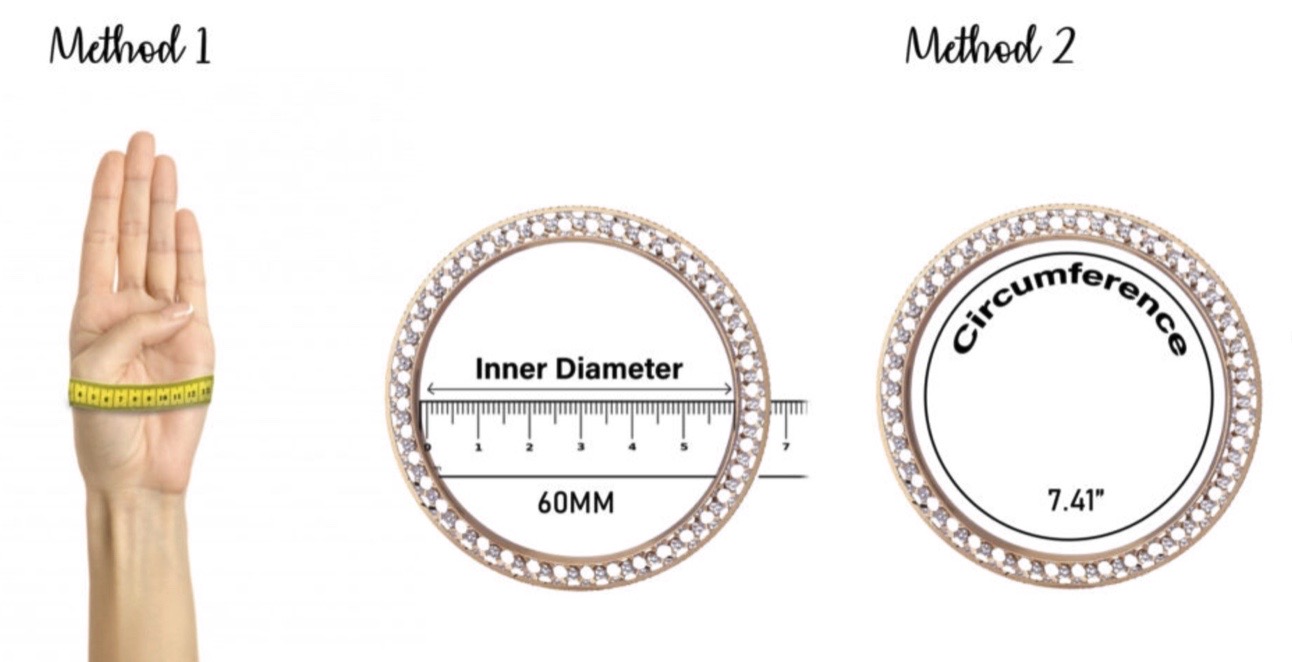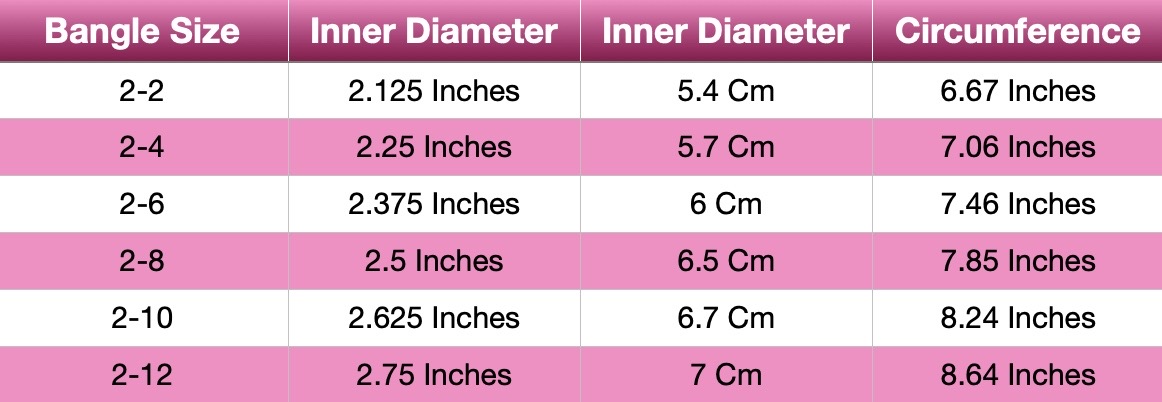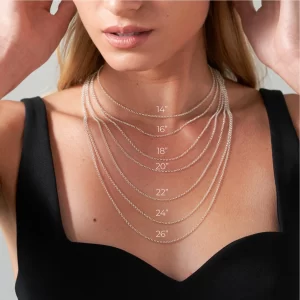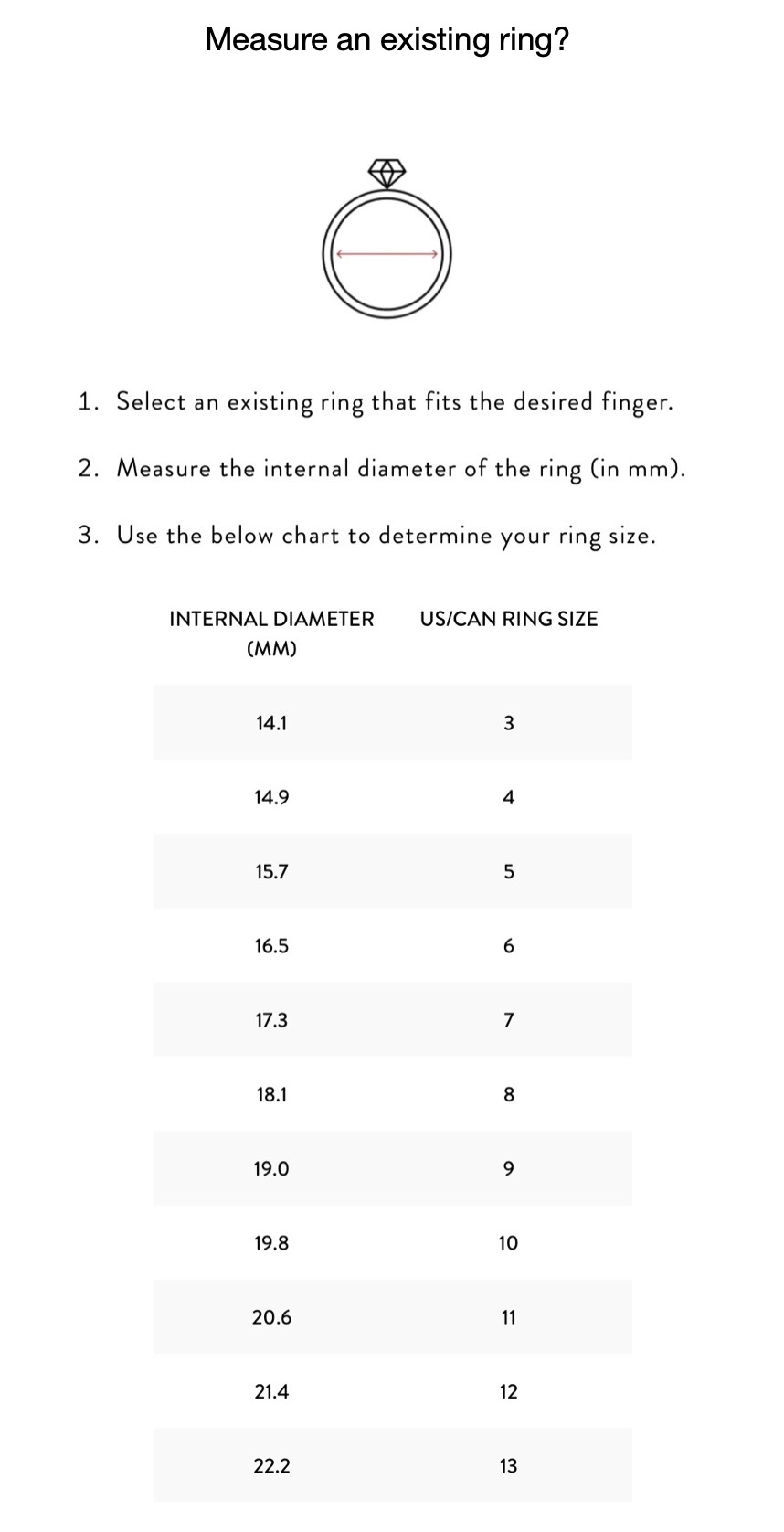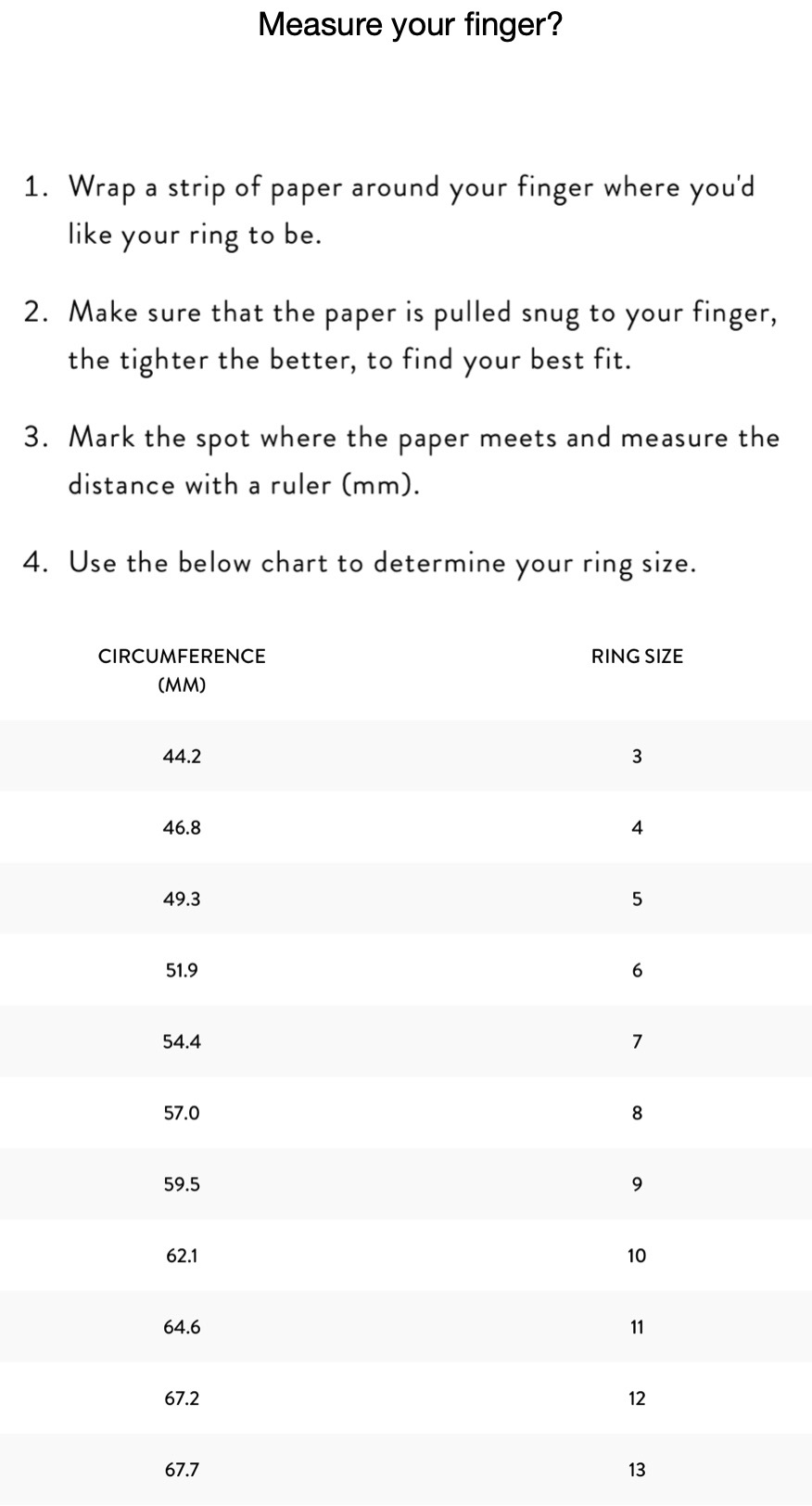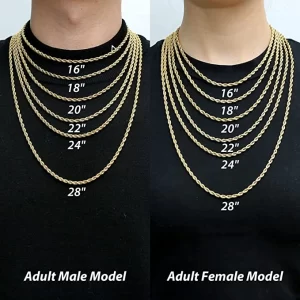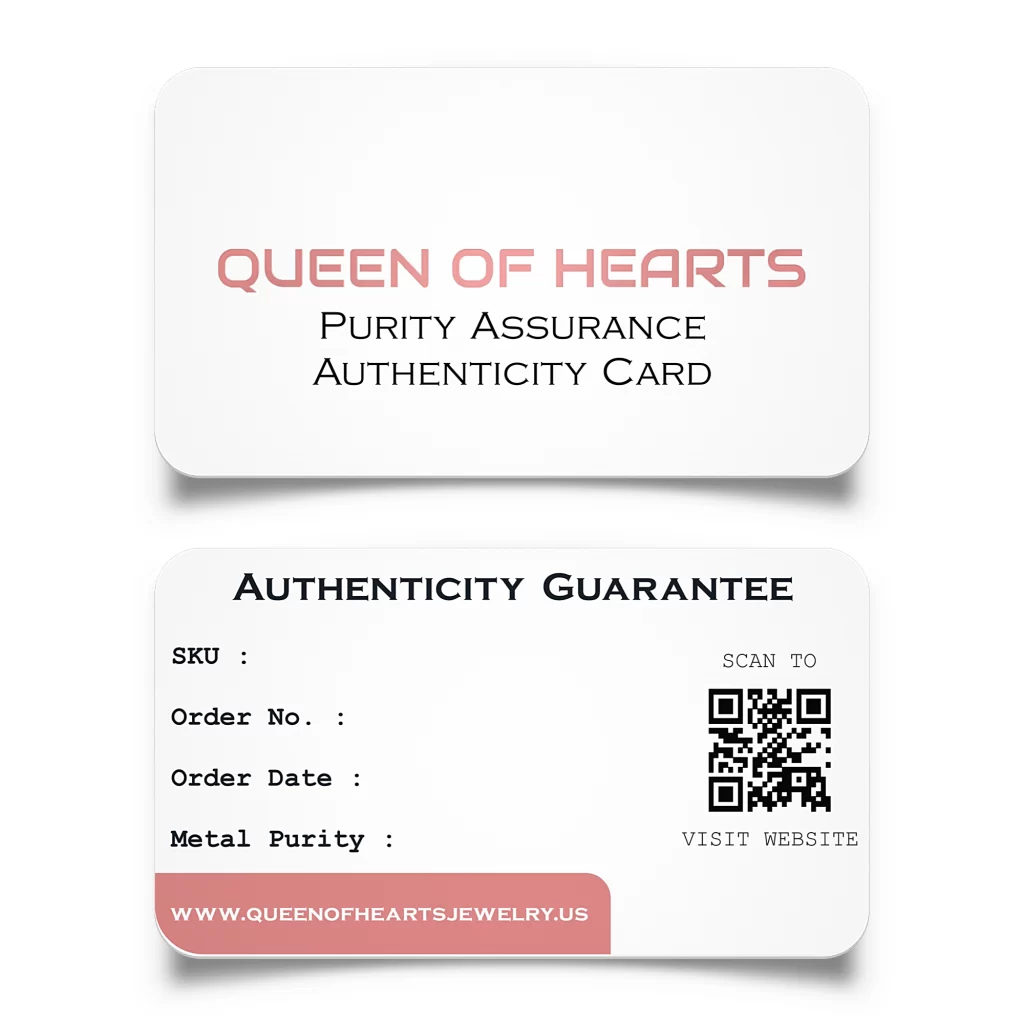Who invented bangles in India?
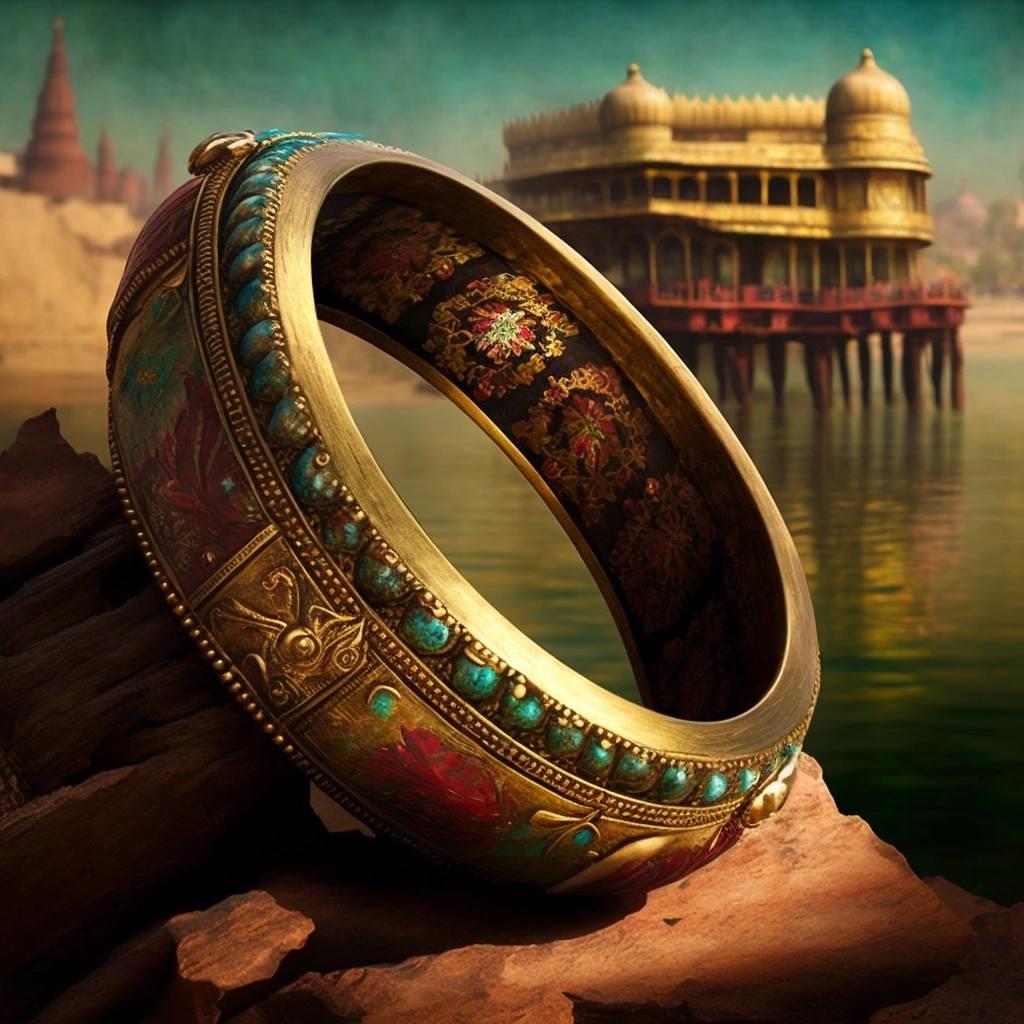
As anyone who is familiar with Indian culture already knows, jewelry plays a significant cultural role when it comes to traditional and ethnic Indian attire – but perhaps none is as important as the bangle. Worn by both young girls for luck and beauty, and by married women to signal marital status, bangles are commonly worn across all regions in Southeast Asia, and in some Indian regions, it can even be considered bad luck – or “inauspicious” – to refrain from wearing bangles altogether.
But who invented bangles in India? In the following article, we’re going to take a look at the history of Indian bangles, where they originated, and why they’re still so popular today. Let’s take a look!
WHAT ARE BANGLES?
Bangles are a type of jewelry worn on the wrist, and are categorized as single, non-flexible bands that can either be thick (such as cuffs) or thin and easily stackable. While most bangles are typically made out of metal or glass, you can also find bangles made with wood and other materials. The traditional bangle is a gold bangle, and is synonymous with ethnic and cultural attire in India. While bangles could be considered by some as traditional or religious accessories, they’re commonly worn by those living in India but also Indians living abroad in Europe and the Americas.
It’s also important to note that bangles are not the same as bracelets; while bracelets are strung together using beads, a string or chain, and a variety of charms, bangles are mostly inflexible, and can only be adjusted with a built-in fastening clip. But just because they’re less flexible than a bracelet, it doesn’t mean that they’re not as beautiful! Bangles – especially Indian bangles – can be decorated with gemstones, engravings, and other detailing to make them eye-catching and vibrant when worn on the wrist.
WHO INVENTED THE BANGLE?
While archeologists may debate on the true origin of the bangle, researchers have found bangles in the Mohenjo-Daro settlements, taking us all the way back to 2600 BC (around 5,000 years ago).
However, it’s likely that the concept of a bangle existed long before this time; archeologists have even found bracelets in Siberia dating back to the Paleolithic era, where they’d most likely be worn by early Neanthradal species. That being said, a bracelet isn’t the same as a bangle, and the manufacturing process isn’t exactly the same.
WHAT IS THE ORIGIN OF INDIAN BANGLES?
The role of bangles in Indian culture is linked to the societal notion of auspiciousness; auspiciousness means good luck, and much of traditional Indian jewelry is based around cultivating auspiciousness, while also signaling prosperity and marital status. Here are just a few reasons why Indian women wear bangles:
MARRIAGE
For married Indian women, jangly bangles on each wrist represent a woman’s marital status, and are also even thought to bring good luck to both wife and husband. In some regions of India, such as the Northern Punjab region, newly married women are expected to wear their bangles on their wrists for at least 40 days; in some cases, this can even extend to 2 years. Regional differences also determine the color of the bangles worn by Indian women; while Southern Indian regions prefer 22k gold bangles, Maharashtrian brides wear green bangles, and Punjabi brides tend to opt for red bangles.
RELIGIOUS SYMBOLISM
You may have noticed that Indian women tend to wear gold bangles more than any other color; this is because the color gold is incredibly important in Indian culture. Known as the color of Indian goddess Lakshimi, gold is seen as an homage to the Hindu goddess, while also being a way to signal affluence, prosperity, and wealth.
AUSPICIOUSNESS
Another reason Indian women wear bangles is to cultivate auspiciousness; not just for the couple, but also for themselves and their families. Auspiciousness is a key part of Indian culture, and women who refrain from wearing bangles – especially if they’re married – can be seen as inauspicious by those around her.
BEAUTY
Finally, another reason Indian women might wear bangles is simply because they look beautiful; traditionally made from gold or glass, bangles can be intricately designed and add a glimmering opulence to any outfit. If you’re thinking about buying gold bangles either to honor your heritage or dress up your wedding attire, make sure to do some research on the wedding colors of different Indian regions; this will add a more traditional flair to your final bridal look.

